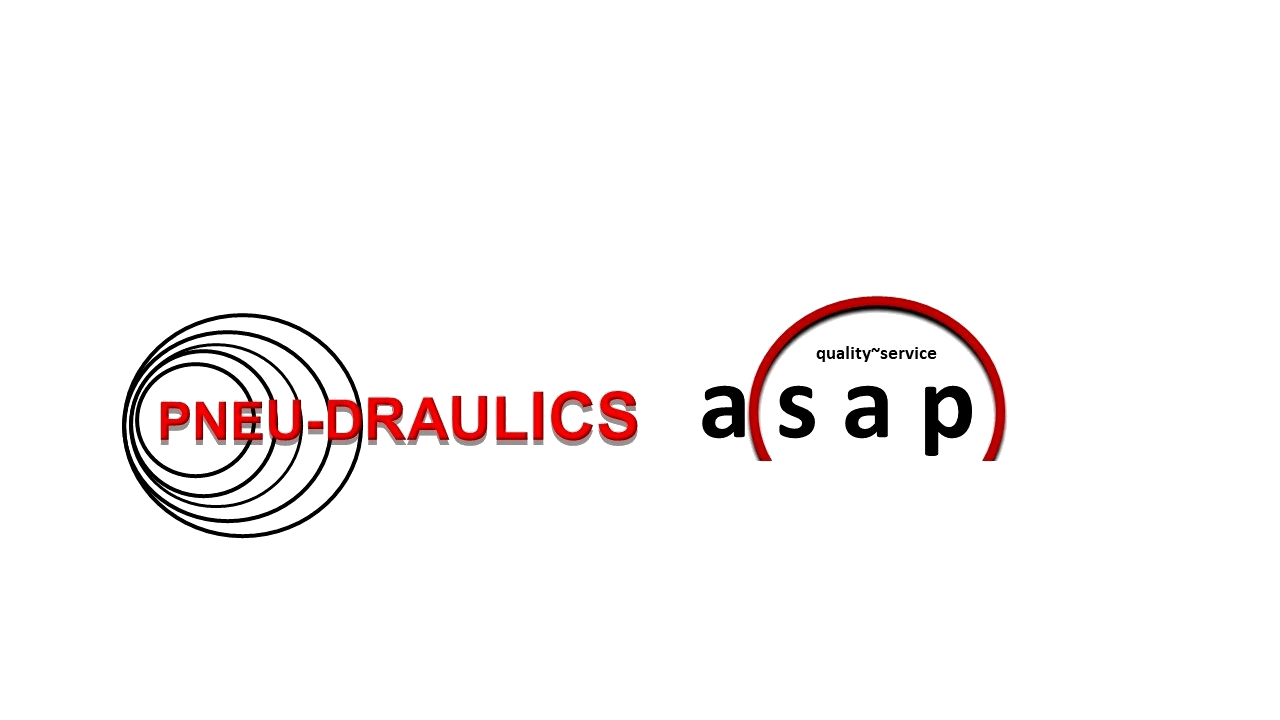The Sealing World of Tomorrow
The Future of the Sealing Industry
Rubber seals play a crucial role in various industries, providing effective sealing solutions for applications ranging from automotive and aerospace to construction and manufacturing. As sealing technologies continue to advance, the future of rubber seals holds several exciting trends and advancements and Pneu-Draulics will be there every step of the way.

The rise of the Internet of Things (IoT) and smart manufacturing has opened doors for intelligent rubber seals. These seals can incorporate sensors and actuators to monitor and control parameters like pressure, temperature, and wear. Smart seals enable real-time monitoring, predictive maintenance, and improved efficiency by providing data-driven insights into seal performance and potential failures.
Self-healing materials are gaining attention in the field of rubber seals. Researchers are exploring the integration of microcapsules or reversible bonds within the seal material to enable automatic repair of small cracks or damages. Self-healing seals have the potential to significantly increase the lifespan and reliability of seals in demanding environments.
Sustainability is a growing concern, and the future of rubber seals includes a focus on eco-friendly alternatives. Manufacturers are exploring bio-based rubber seal materials derived from renewable sources. Additionally, recycling and waste reduction efforts are being implemented to minimize the environmental impact of seal production and disposal.
The adoption of additive manufacturing, particularly 3D printing, is revolutionizing the production of rubber seals. This technology allows for complex geometries and customization, reducing lead times and costs. 3D printing enables the creation of seals with optimized designs, tailored to specific applications, resulting in improved sealing performance.
Computer-aided design (CAD) and simulation tools are becoming increasingly sophisticated, enabling engineers to optimize seal designs for better performance. Finite Element Analysis (FEA) and Computational Fluid Dynamics (CFD) simulations help predict seal behavior, improve sealing efficiency, and reduce leakage. Virtual prototyping and testing reduce the need for physical iterations, saving time and resources.
Surface treatments and coatings are being developed to enhance the performance of rubber seals. These technologies aim to improve properties such as friction, wear resistance, and chemical resistance. Nano-coatings and low-friction surface modifications are being explored to minimize seal friction and extend service life.
Industries such as oil and gas, aerospace, and high-performance automotive applications require seals that can withstand extreme conditions. Future advancements will focus on developing seals capable of withstanding high temperatures, high pressures, corrosive environments, and harsh chemicals, ensuring optimal performance and safety in demanding applications.
The future of rubber seals holds great potential for advancements that will enhance their performance, durability, and sustainability. These innovations will contribute to increased efficiency, reduced maintenance costs, and improved reliability in various industries, supporting technological progress and addressing evolving challenges.
